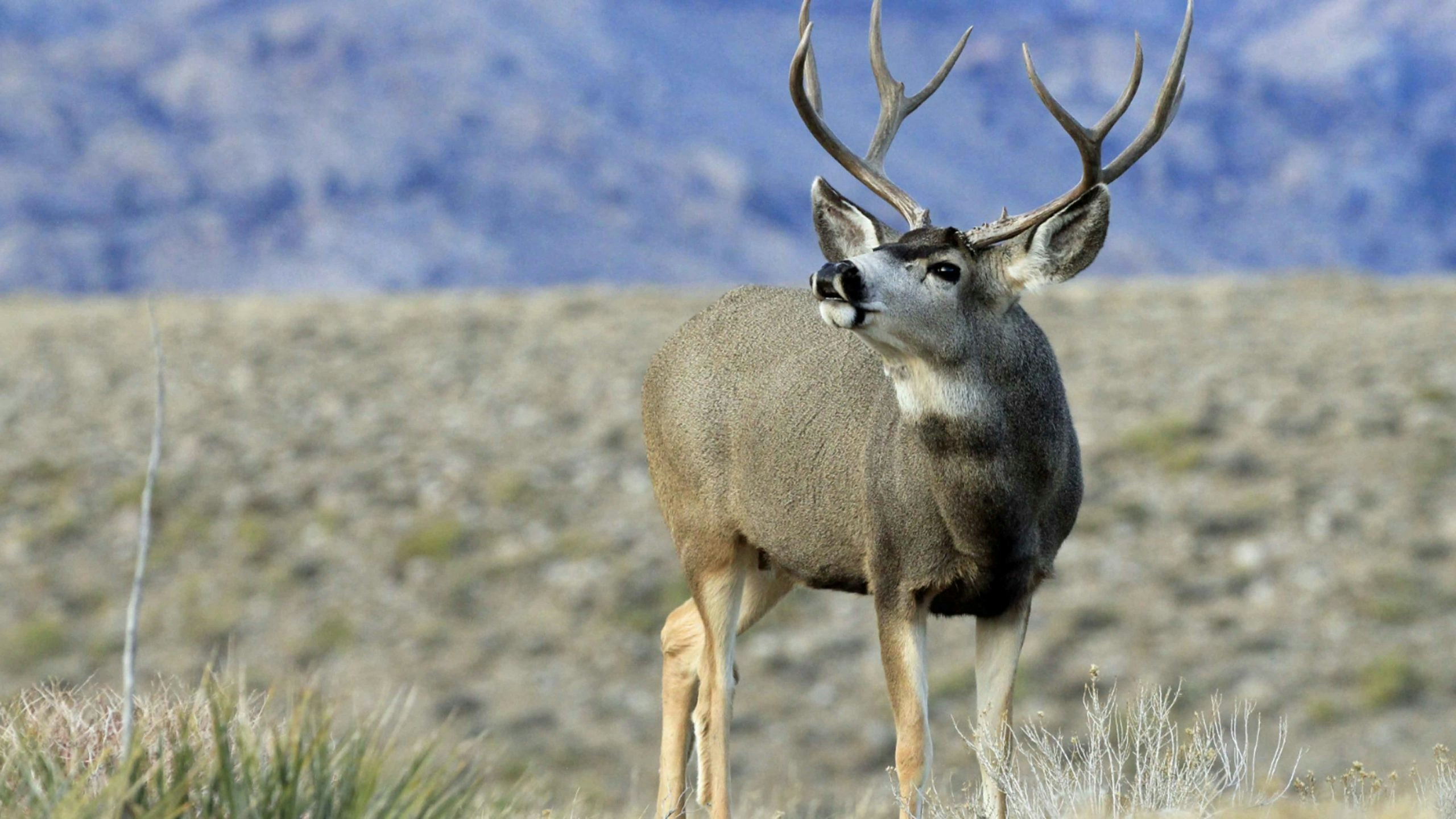Hunters who kill mule deer in four popular hunt areas in the Laramie Mountains of southeast Wyoming must submit samples to be tested for chronic wasting disease (CWD), according to the Wyoming Game and Fish Department.
The hunt areas – 59, 60, 64 and 65 – were already known to be one of the state’s hot spots for CWD, which occurs primarily in mule deer, but can also infect whitetail deer, elk and moose. Testing for whitetail deer kills won’t be mandatory in those areas, but is still highly recommended, according to a Game and Fish press release.
There are no known cases of the fatal neurological disease jumping to humans, but the Game and Fish and Centers For Disease Control recommend against eating meat from infected animals.
Having to throw away the meat from an infested deer can be an agonizing decision, but it’s better to err on the side of caution, said Shawn Blajszczak, a hunter from Powell, who is also the Wyoming regional director of the Mule Deer Foundation. Getting kills tested, regardless what area they came from, is a good idea, he told Cowboy State Daily.
That is what happened with a deer his daughter shot during one recent season.
“While we were waiting for the test results, she did most of the work on the carcass, including getting most of the meat cut off of the bone. We had the entire thing butchered and wrapped, and then the test came back positive. So, after all of her work, we had to throw everything away,” he said.
“It’s really important for hunters to do their part in collecting and submitting samples, so Game and Fish can keep tracking to progress of CWD in Wyoming,” he added.
Game and Fish added mandatory testing in those four deer hunt areas in order to get a better handle on how rapidly CWD continues to spread there, according to the press release.
Testing will also remain mandatory in deer hunt areas 157 and 171, which are north and west of Riverton in Fremont County.
The deer hunt areas in the Laramie Mountains cover a huge swath of territory across Albany, Laramie, Platte and Converse counties. Because of plentiful general tag allocations in most of those areas, the region is popular with local hunters coming from Laramie, Cheyenne, Wheatland and Douglas. Many hunters also come there from across Wyoming and out-of-state. They are drawn by plentiful deer – including some exceptionally large bucks – scattered across a variety of habitat, much of it on public land.
General hunting tags may be purchased over-the-counter at any time. Draw tags must be applied for and paid in advance, usually in May. Tags are mailed out to successful hunters; those who fail in the draw have their money refunded.
Archery seasons in deer hunt areas 59, 60, 64 and 65 run from September 1-30. Most rifle seasons run for about two weeks in October. There are also some special draw tag hunts that run through the end of December in places.
Numerous other deer hunt areas across Wyoming have been designated as CWD monitoring areas, where testing isn’t mandatory, but strongly encouraged. Some of those include areas 1-6 in the northeast corner of the state, area 66 near Casper, area 124 near Burlington in north central Wyoming, area 130, mostly in Sublette County, area 131 in north central Sweetwater County and area 134 in southern Lincoln County and northern Uinta County.
Also listed as CWD monitoring areas are deer hunt area 135 – which includes parts of Lincoln, Teton and Sublette counties, areas 138-146 in Sublette, Lincoln, Sweetwater and Teton counties, areas 150-156, which are mostly south and east of Grand Teton Park, and 165, southeast of Cody.
Game and Fish can take samples for testing from carcasses at roadside check stations, or any of the agency’s regional offices. Hunters can also remove animals’ lymph nodes themselves, and submit those for testing. A Game and Fish tutorial video on how to remove a deer’s lymph nodes is available on YouTube.





